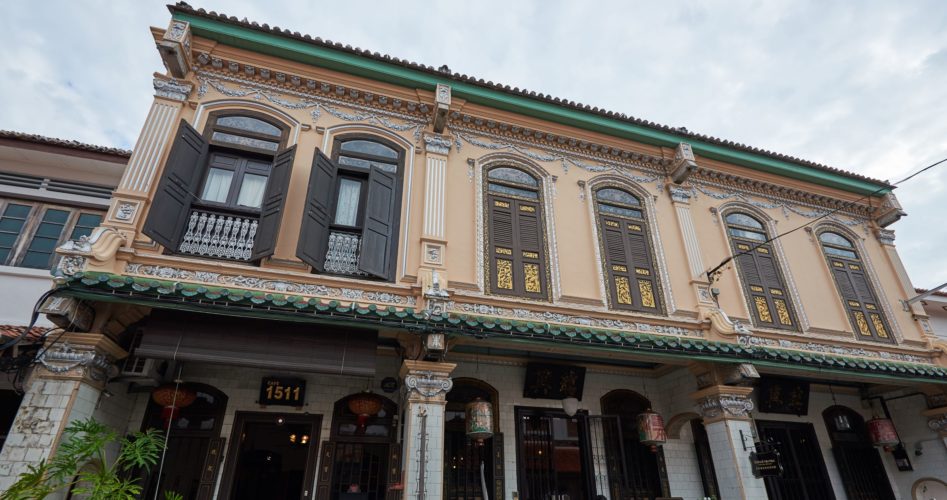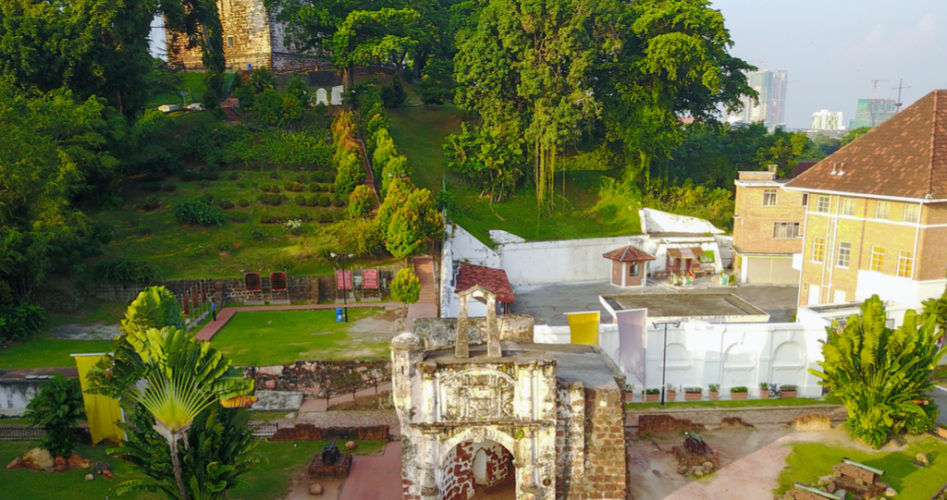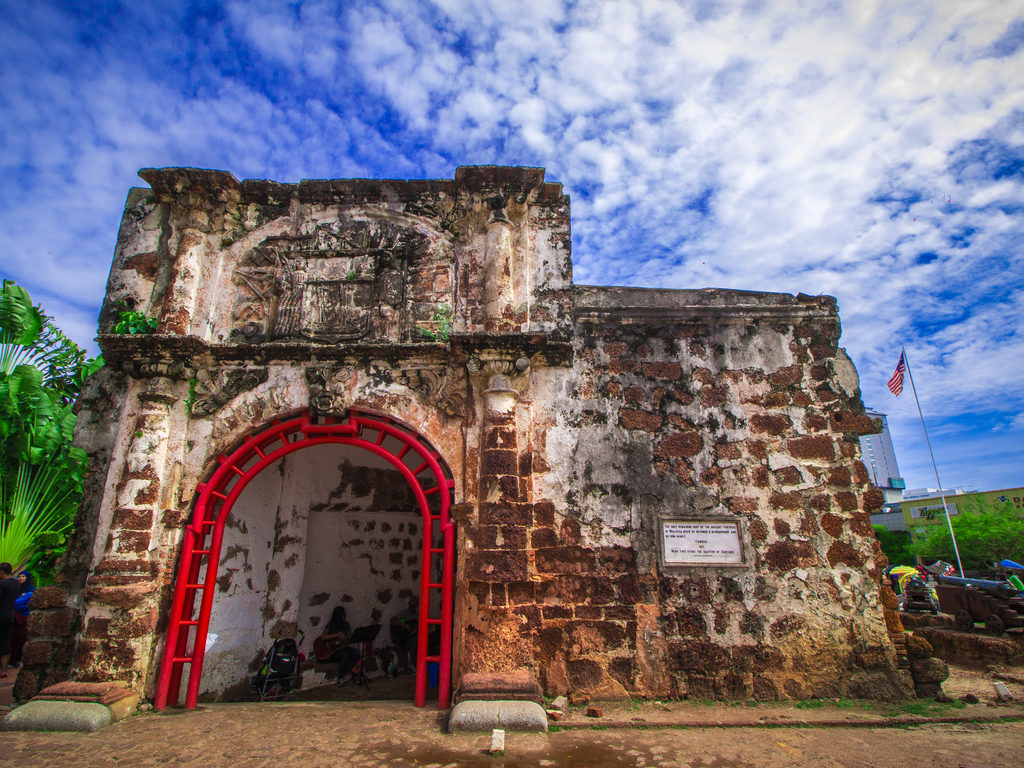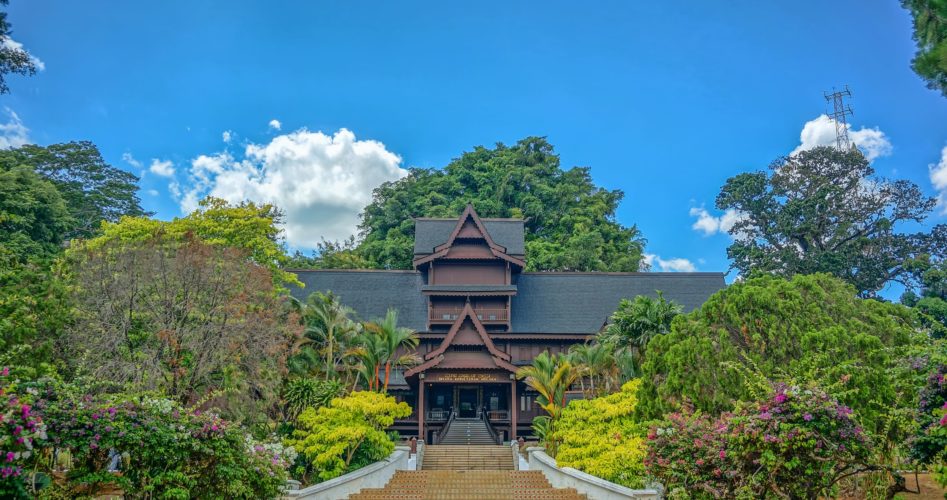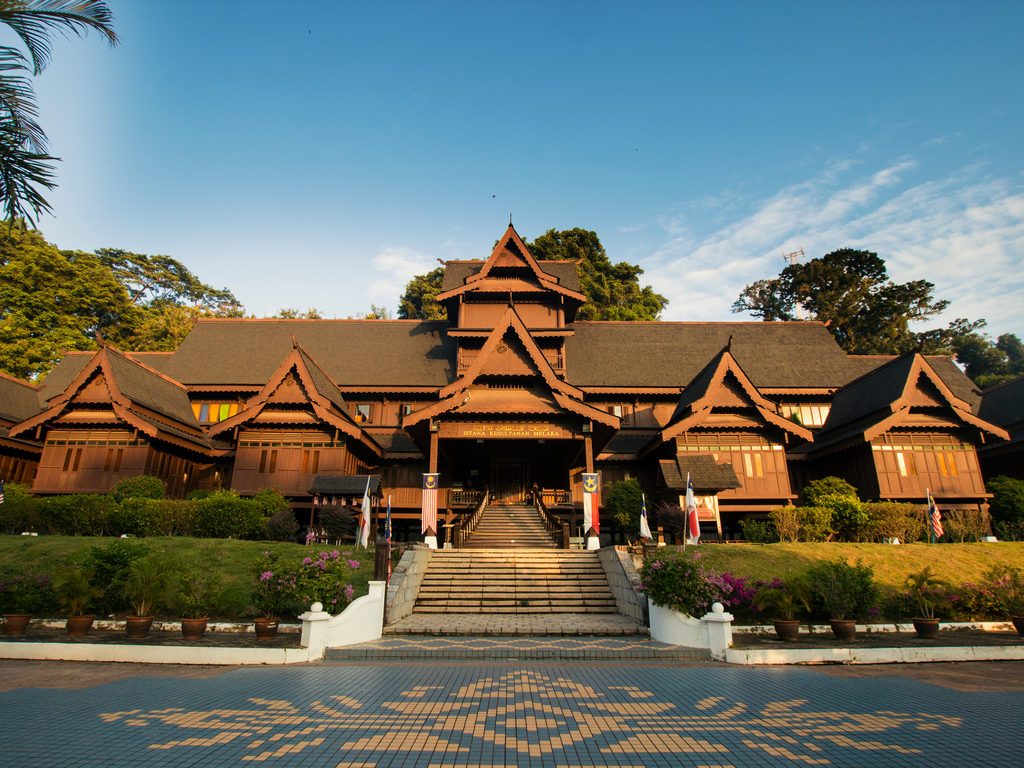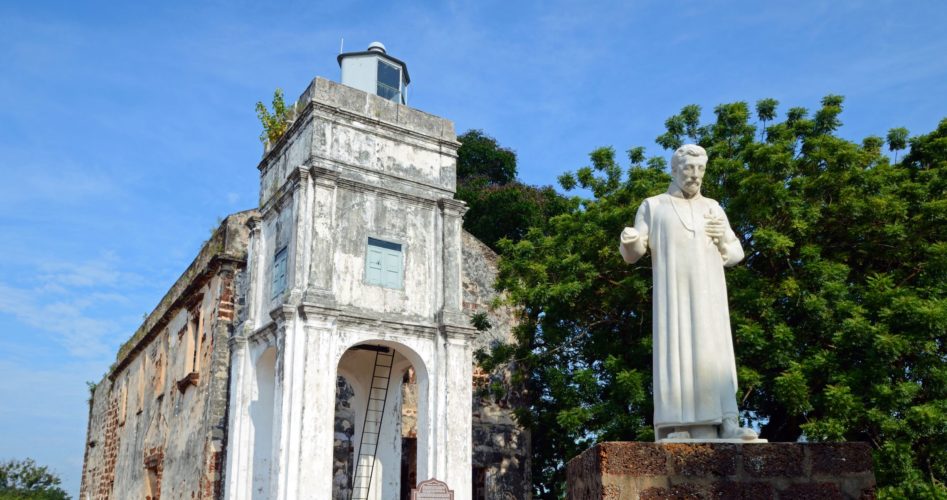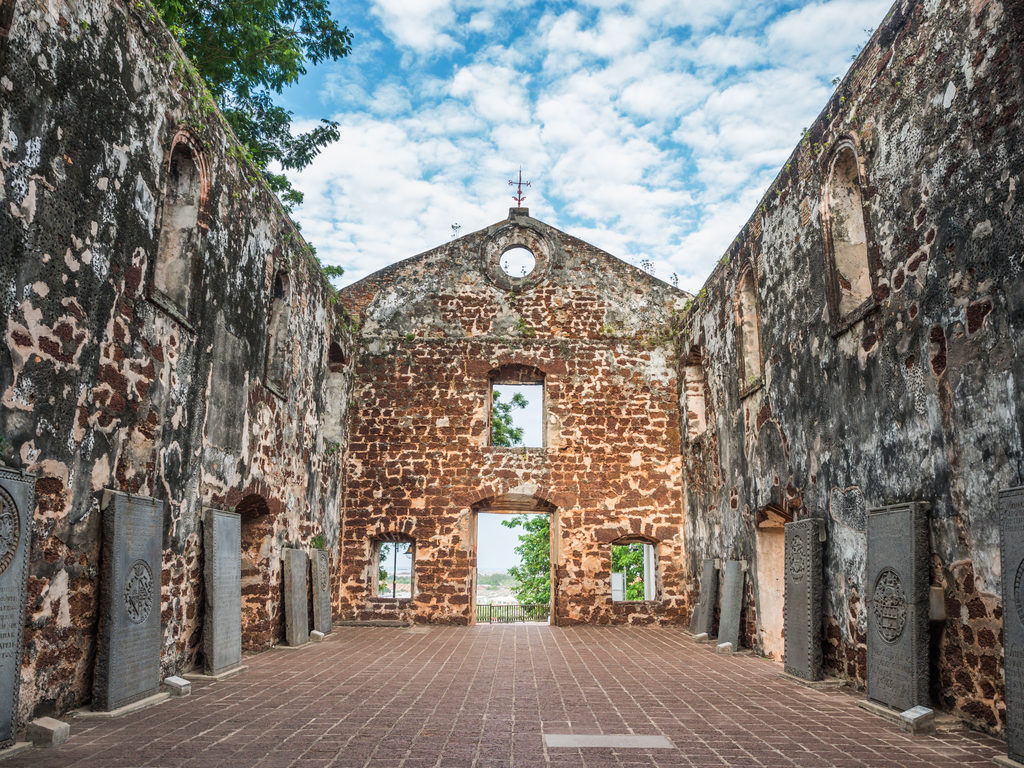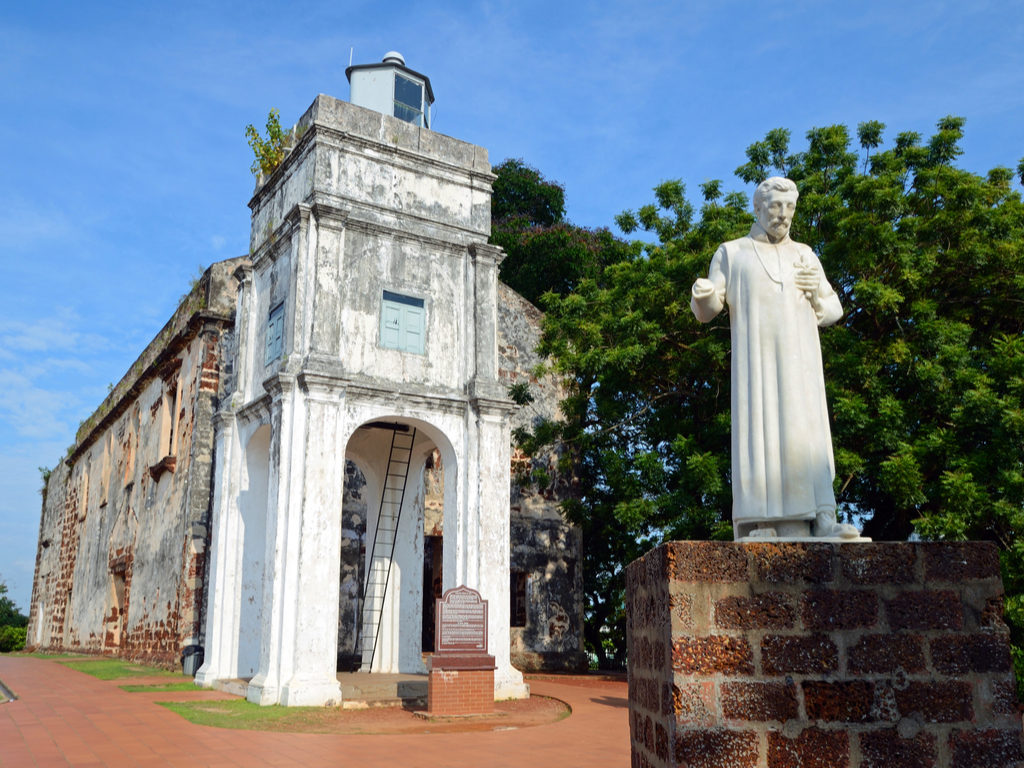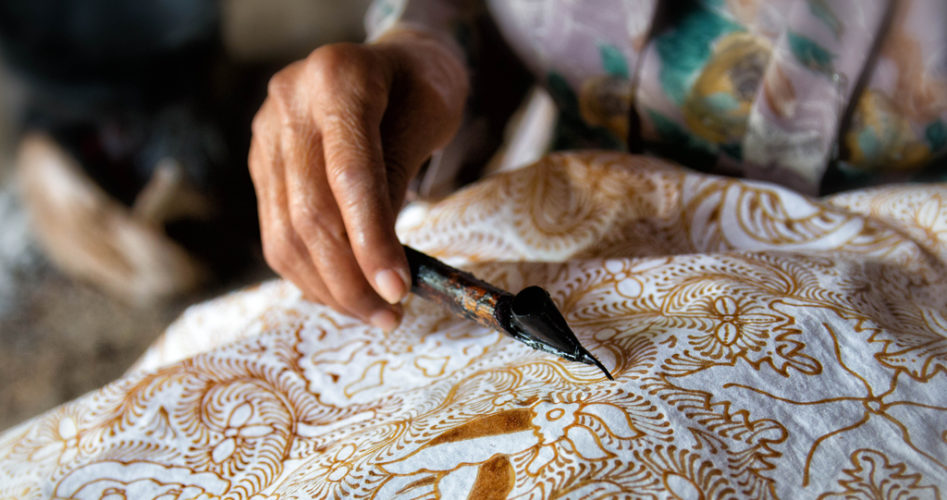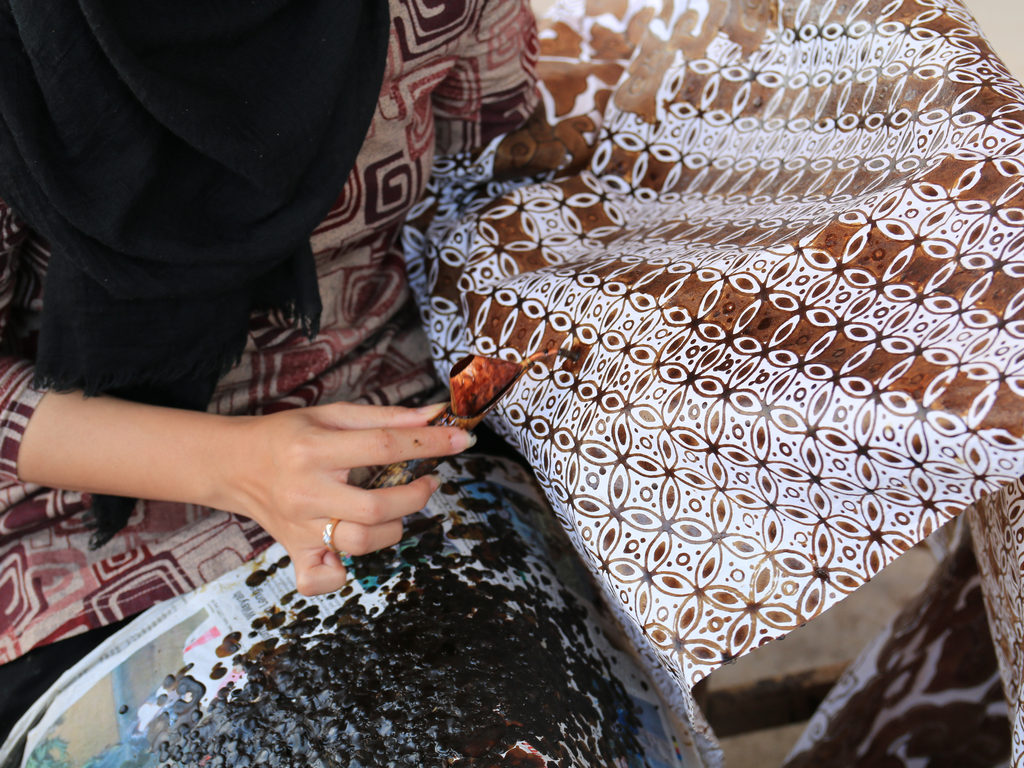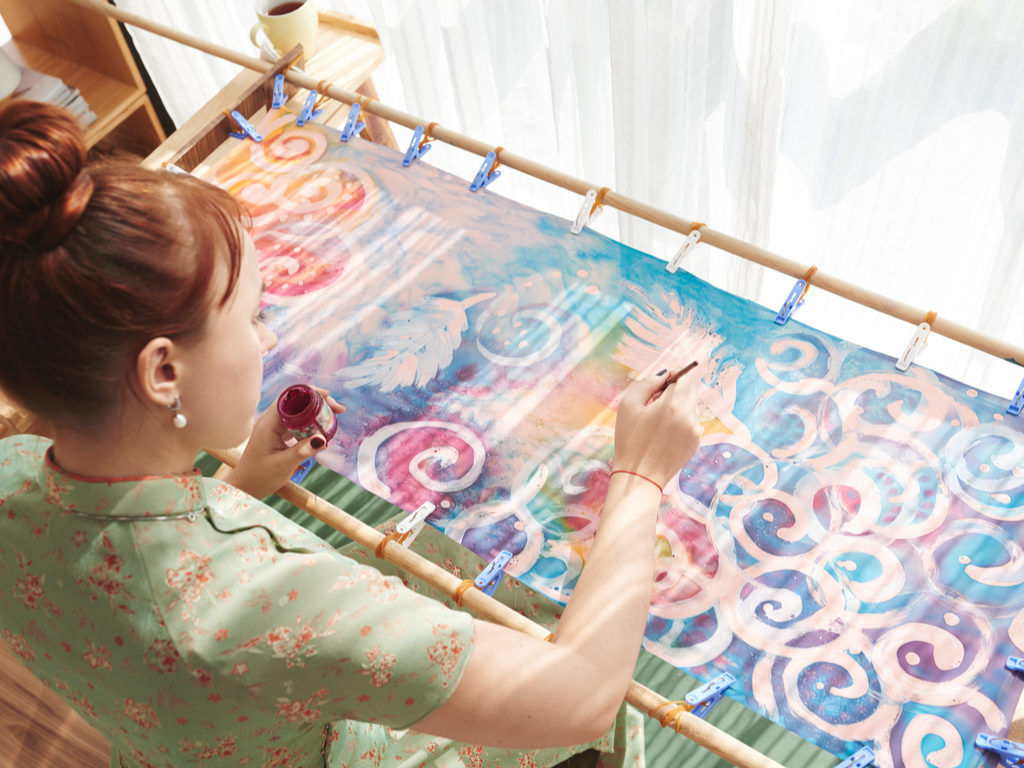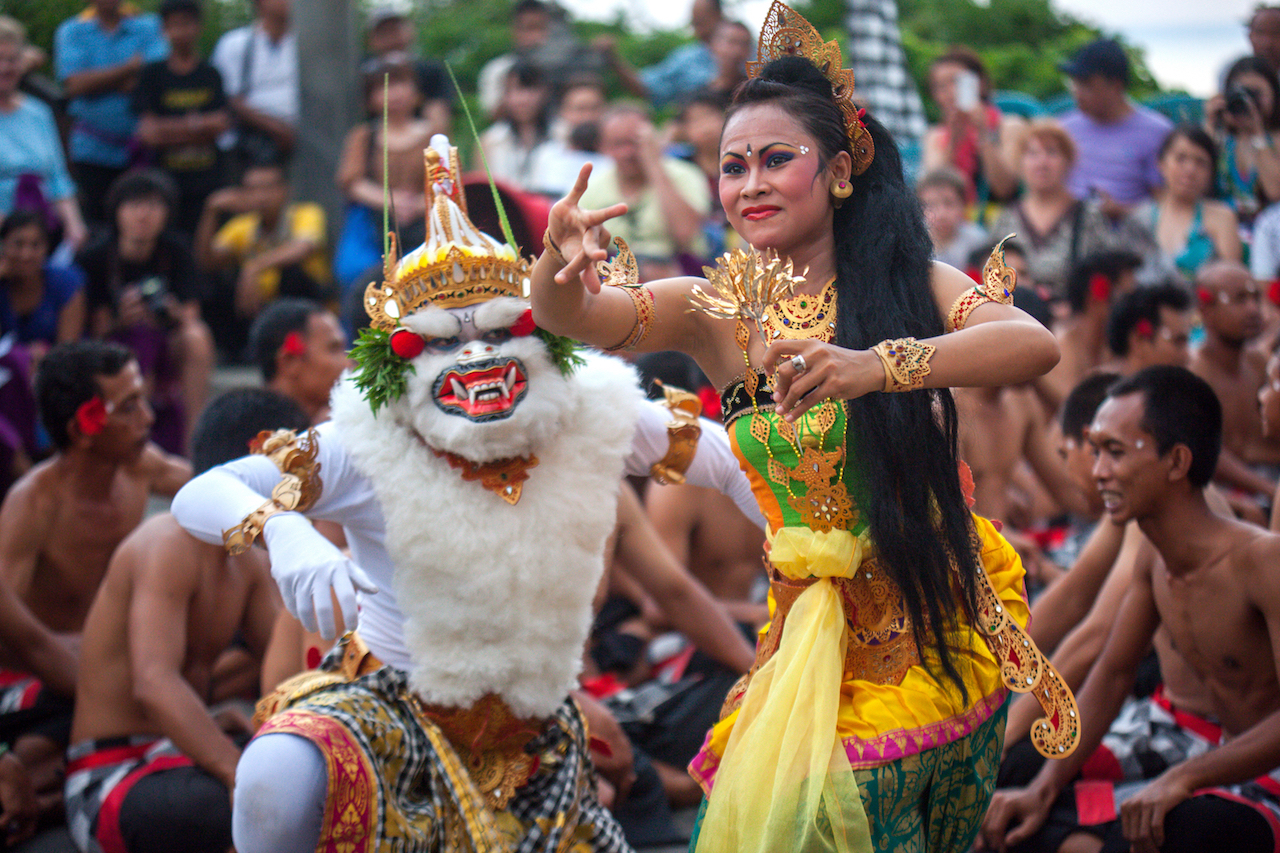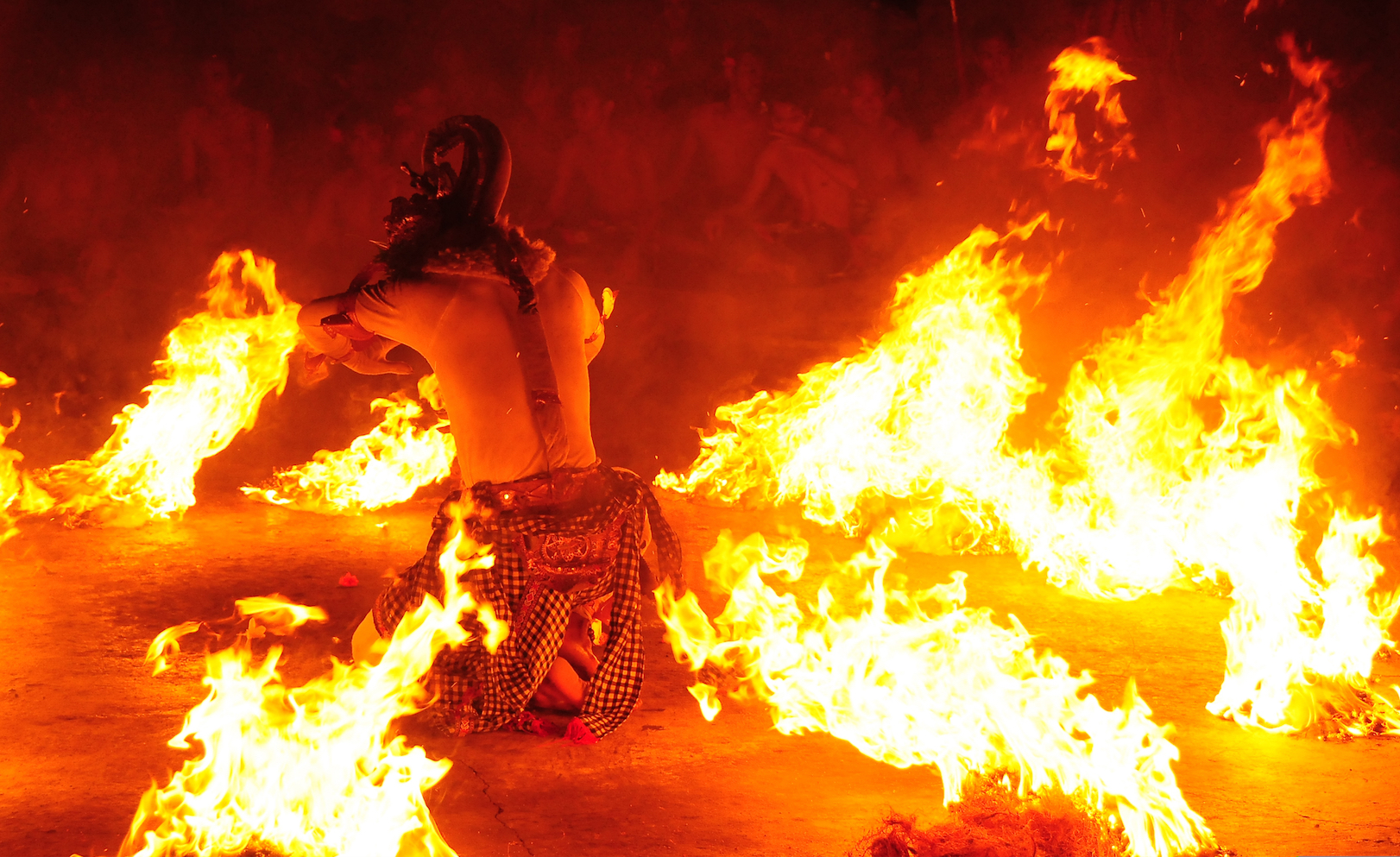Baba is the term used to refer to a Straits-born gentleman, while Nyonya is used to address a Straits-born lady. The Baba-Nyonya Museum in Malacca showcases the lives of the affluent families of the past. Built on restoring three townhouses, the museum shows the rich culture of the Peranakan homes before the World War.
About Baba-Nyonya Museum
Located on Millionaire’s street, the later generations of the original family maintained and restored the Baba-Nyonya Museum. As you walk in, you can spot the red lanterns on either side of the elaborate columns. One of the lanterns bears the household name while the other invites good luck into the house. Large intricately carved teakwood doors lead you inside the museum. Extensively covered in hand-painted tiles the house tells about the beliefs and traditions of the past.
Baba Chan Cheng Siew, a second generation Strait’s born Chinese established the house in the year 1985. Before turning the house into a museum, four generations of the Chan family lived here.
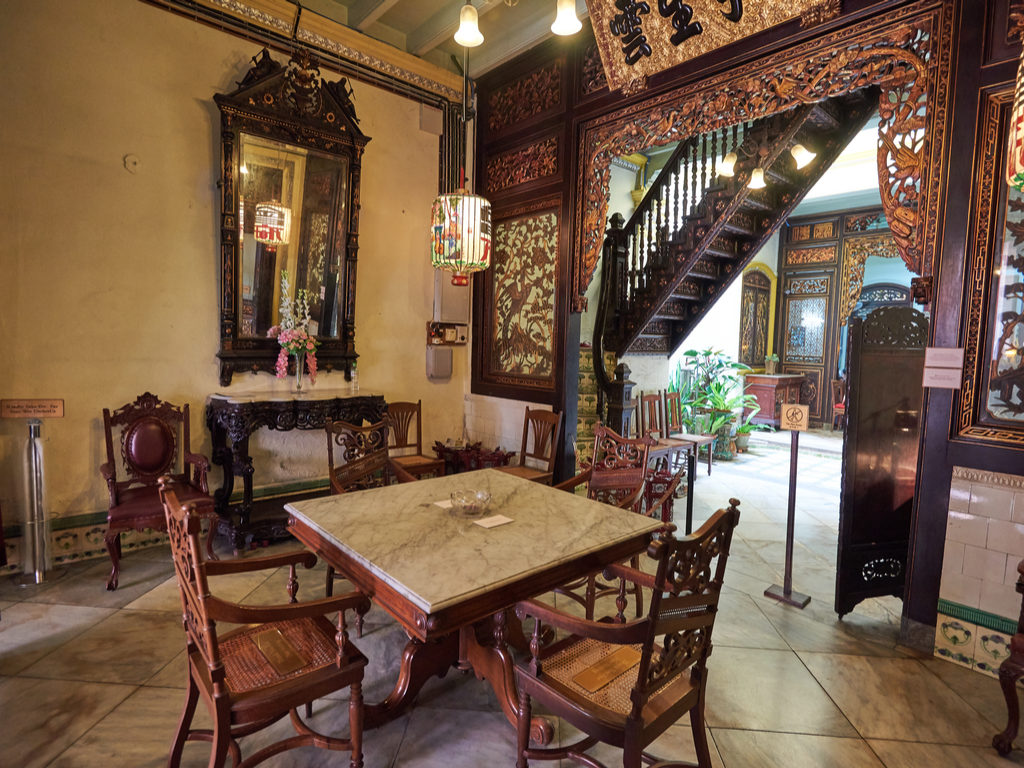
The Victorian lamps and chandeliers show the extent to which the families flaunted their wealth. You can’t help but notice the detailed dark wooden furniture in the interior. The floral designed wrought iron castings outside the windows add to the extravaganza of the place. The museum holds numerous stories and the antiques show how well the immigrants adopted the traditions.
This heritage museum takes you back in time and makes up for one of the best attractions in Malacca. If the place eagers you then consider creating a customised itinerary with Locaguide. The local tour expert will walk you around and give the details of the museum. He may also help you interact with the family that lives there, and give you the chance to hear stories from them about their ancestors.
0
